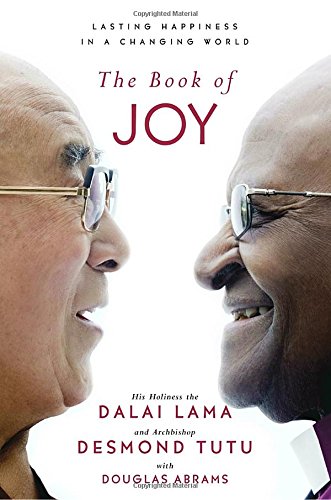REACH Club
Defining Your Own Happy
"Nothing ever great is achieved without enthusiasm." ~ Ralph Waldo Emerson
We currently live in the “Happiest Place in America and arguably the world,” but living here doesn’t guarantee happiness any more than our bank accounts do. Our thoughts, actions and relationships are what lead to and sustain our happiness. We also have the science and research to support this as happiness research has taken off i n the last ten years and many books, movies and documentaries are available on the subject.
Life is Good
The San Luis Obispo Color Blast is an annual event ( www.slocolorblast.com ) and gives the community of San Luis Obispo a beautiful opportunity to “Choose Happy!” Alex Maier tragically died in a car accident in January of 2013- his senior year at
SLOHS, and his family chose to celebrate life and Alex’s motto to c h o o s e h a p p y by creating this inspiring event. That simple, but profound statement speaks volumes and the event brings the community together, funds student scholarships, and encourages each of us to define our own happy. The purpose and meaning of “Choose Happy” has spread to many communities and has awakened a common reminder for us all to share.
Ooey Gooey Happy
The Maier’s have given many communities a reminder to treasure today as a gift. They show us how doing our best to celebrate the relationships in our lives, despite the unexpected events of life, brings us happiness. When life takes the turn we didn’t expect, we can choose a positive way forward- we can always “pursue happiness.” We can also choose to join together as a school community of families, friends, and teachers to celebrate Alex’s life and to bring happiness to all lives.
Finding our smiles and creating our own “ha ppy” also helps us ride the waves.
Looking at the science of happiness puts smiles on our faces and we hope to add a little sunshine to you and your family. The largest longitudinal study conducted to date was the Harvard Grant Study, which contains 75 years of data, and had profound conclusions regarding happiness.
The Harvard psychiatrist, Dr. George Vaillant, one of the researchers from the Grant Study, writes that there are two pillars of happiness , " One is love. The other is finding a way of coping with life that does not push love away " ( Findings from the Harvard Grant Study ). As Vaillant states, “ ... those experiencing hard situations or change are able to find happiness with the appropriate coping mechanisms to turn hardships into
learning experiences. ” Our children’s lives are full of events and opportunities that test their coping skills. As parents, we have a broader scope of lived experience to draw from, yet even our coping mechanisms can be worn thin. Reminding ourselves of the research and science behind happiness can help us model for our children the value of turning hardships into learning experiences . Vaillant's main conclusion is that "warmth of relationships throughout life has the greatest positive impact on 'life satisfaction.'" Put differently, Vaillant says the study shows that "Happiness is love. Full stop."
Harvard researchers discovered the one thing everyone needs for happier, healthier lives- By Colby Itkowitz March 2, 2016
Happy (A documentary on happiness around the world for the whole family to enjoy)
The Science of Happiness (An incredible infographic for all ages)
Celebrating Being Perfectly Imperfect!
Wishing You Happy,









